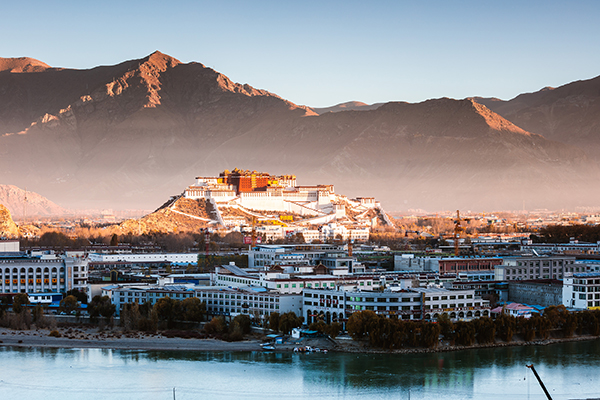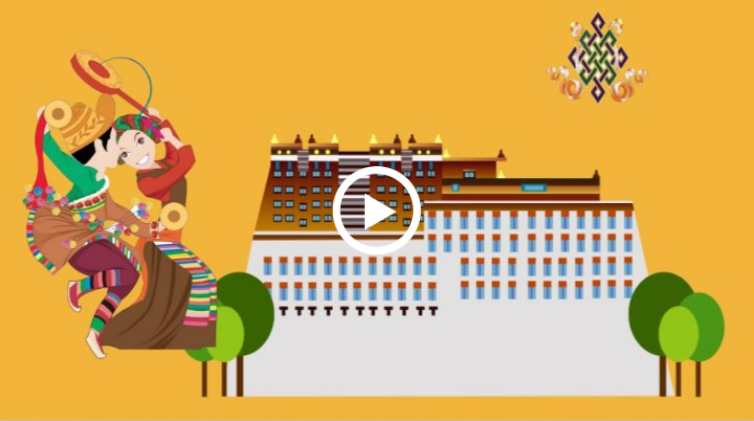Nagchu
Updated: 2022-12-16 (chinadaily.com.cn)  Print
Print 


(1) Historical geography
During the Song Dynasty (960-1279), Nagchu was one of the four northern tribes. After the peaceful liberation, in November 1951, the Leading Organization and Working Organization of the Heihe Office were established; on August 18, 1956, the Heihe Sub-commissioner's Office was established; in October 1959, the Heihe Commissioner's Office was established; in 1969, the Nagchu Regional Revolutionary Committee was established, and in August 1979, the Nagchu Regional Administrative Office was established.
On April 25, 2018, the Nagchu region of the Xizang autonomous region officially announced the abolition of prefectures and the establishment of a city, which would cover the largest land area at the highest sea latitude in China.
On the morning of May 7, 2018, Nagchu held a ceremony to abolish its prefectures and establish a city, making it the sixth prefecture-level city in Xizang.
Nagchu is located in northern Xizang, and tucked between the Tanggula Mountains, the Nyainqentanglha Mountains and the Gangdise Mountains. It is about 1,156 kilometers long from east to west, and about 760 kilometers from north to south.
The city is adjacent to the Xinjiang Uygur autonomous region and Qinghai province to the north. It covers an area of 353,000 square kilometers and has an average elevation of 4,500 meters. It occupies an important strategic position as it links eastern and western Xizang, and is a major gateway to the northern part of the central Tibetan economic zone.
(2) Population division
As of the end of 2019, the total population of the city was 542,105, with a natural population growth rate of 1.51 percent.
The city has 11 counties (and districts), namely Seni district, Amdo county, Nyanrong county, Driru county, Lhari county, Sog county, Drachen county, Shanza county, Palgon county, Nyima county, Tsonyi county. It has jurisdiction over 89 townships, 25 towns, and 1,190 administrative villages (village commissions).
(3) Economic and social development
In 2019, Nagchu's GDP reached 15.753 billion yuan, an increase of 7.9 percent year-on-year; the fixed asset investment of the whole society fell by 5.5 percent year-on-year; general public budget revenue was 870 million yuan, a year-on-year decrease of 1.8 percent; tax revenue completed on 1.255 billion yuan, a year-on-year decline of 4.6 percent; total retail sales of consumer goods reached 2.62 billion yuan, a year-on-year increase of 6.7 percent; rural per capita disposable income was 12,150 yuan, a year-on-year increase of 12.5 percent, and urban residents' per capita disposable income was 37,870 yuan, a year-on-year increase of 10.5 percent.
A total of 31,942 households and 136,318 people were taken out of poverty in the city.
The poverty incidence rate dropped to zero from 22.7 percent at the end of 2015. A total of 1,173 villages, including one poor county and 10 deeply poor counties, were all lifted out of poverty.
It has completed the transfer of 72,000 surplus labor forces in farming and pastoral areas to employment, and achieved a revenue of 900 million yuan.
From 2012-2018, 7,143 college graduates have found jobs, with an employment rate of 91.71 percent. In 2019, 2,046 college graduates achieved employment, with an employment rate of 98.3 percent. Among them, 322 college graduates cashed in entrepreneurship subsidies worth 10.485 million yuan.








